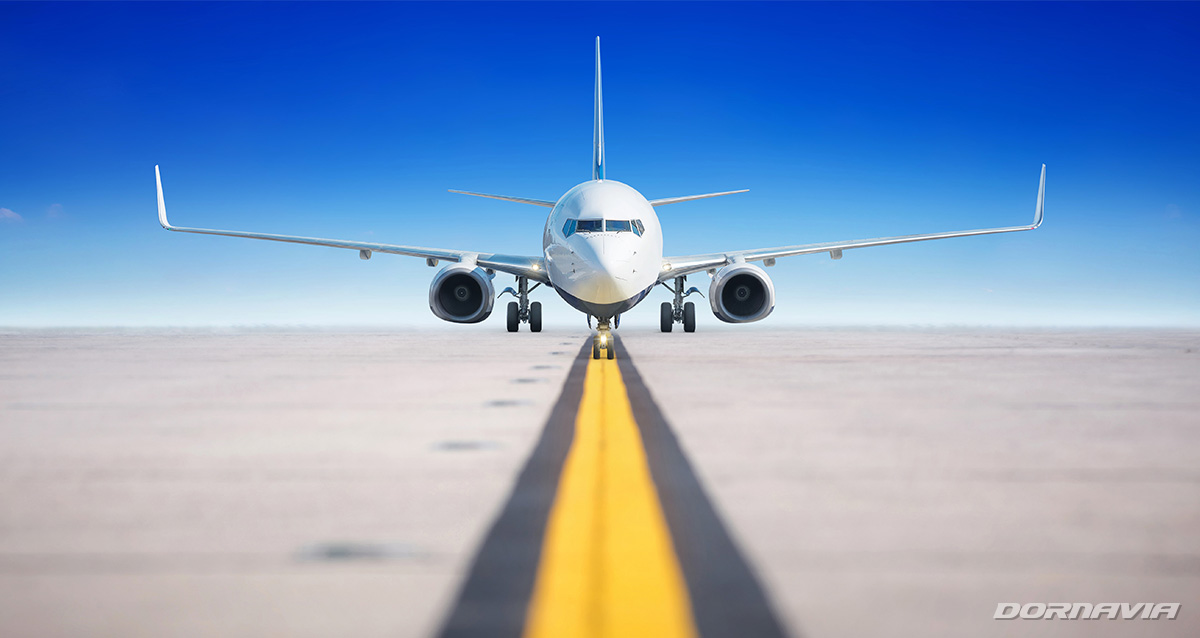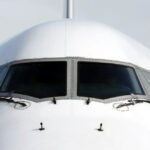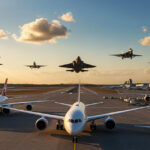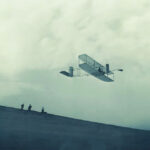Have you ever wondered how a massive airplane can soar through the sky? This incredible feat is made possible by a few simple principles of physics that allow us to conquer the skies. In this article, we’ll explain the principles of flight in a way that’s easy to understand for aviation enthusiasts who may not have a deep technical background.
The Four Main Forces of Flight
Flight depends on four key forces that work together to keep an airplane in the air. These forces are:
1. Lift
Lift is the force that pushes an airplane upward, counteracting gravity. It’s created primarily by the wings, which are designed in a special shape called an “airfoil.” The top of the wing is curved, while the bottom is flatter. As the airplane moves forward, air flows faster over the top of the wing than underneath it. According to Bernoulli’s Principle, faster-moving air has lower pressure, so the higher pressure under the wing lifts the airplane upward. Additionally, the wing’s shape directs air downward, which, per Newton’s Third Law (action and reaction), pushes the airplane up.
2. Weight
Weight is the force of gravity pulling the airplane toward the ground. It includes the weight of the airplane itself, passengers, fuel, and cargo. For an airplane to fly, lift must be greater than weight. That’s why airplanes are built with lightweight but strong materials like aluminum or advanced composites to reduce weight while maintaining strength.
3. Drag
Drag is the force that resists the airplane’s movement through the air, similar to the resistance you feel when riding a bicycle against the wind. Drag depends on factors like the airplane’s shape, speed, and air density. To minimize drag, airplanes are designed with smooth, aerodynamic shapes that allow air to flow easily around them.
4. Thrust
Thrust is the force that propels the airplane forward. It’s generated by the airplane’s engines. In propeller-driven airplanes, the propeller spins to push air backward, moving the plane forward. In jet airplanes, engines expel hot gases at high speed from the rear, driving the plane forward according to Newton’s Third Law. The amount of thrust depends on the engine’s power and factors like air density and altitude.
How These Forces Work Together
For an airplane to fly, these four forces must be balanced or adjusted depending on the situation. Here’s how they interact in different stages of flight:
| Flight Stage | Force Interaction |
| Straight and Level Flight | Lift = Weight, thrust = Drag. The airplane maintains constant altitude and speed. |
| Takeoff | Lift > Weight, thrust > Drag. Engines produce maximum power to generate lift and speed. |
| Climb | Lift > Weight, thrust > Drag. The pilot adjusts the wings’ angle to climb higher. |
| Landing | Weight > Lift, drag > Thrust. The pilot reduces lift to descend and land safely. |
Pilots use control surfaces like flaps, ailerons, and rudders to adjust these forces and control the airplane’s movement.
More About Lift
Lift is the most critical force for flight, as it keeps the airplane airborne. The airfoil shape of the wings splits the airflow: air moves faster over the top and slower underneath, creating a pressure difference that lifts the plane. The angle of the wing relative to the airflow, called the angle of attack, also affects lift. If this angle is too steep, the airflow can disrupt, leading to a stall, where lift drops sharply.
Reducing Drag
Drag is a constant challenge because it opposes the airplane’s forward motion and consumes energy. Engineers reduce drag by:
- Aerodynamic Design: Shaping the airplane to minimize air resistance.
- Smooth Surfaces: Using materials and coatings to reduce friction.
- Streamlined Shapes: Designing components like the nose and wings to allow air to flow smoothly.
Thrust and Engine Types
Thrust varies depending on the type of airplane:
- Propeller Airplanes: The propeller acts like a fan, pushing air backward to move the plane forward.
- Jet Airplanes: Jet engines expel hot gases at high speed to create thrust.
- Turboprop Airplanes: A combination of propeller and jet technology, often used in smaller aircraft.
Managing Weight
Weight must be carefully managed to ensure safe flight. Airplanes are built with lightweight materials, and the distribution of weight (passengers, cargo, fuel) is balanced to maintain stability. Uneven weight distribution can make the airplane difficult to control.
Applications to Different Aircraft
These principles apply not only to commercial airplanes but also to other flying machines:
- Gliders: Use lift and air currents to stay aloft without engines.
- Helicopters: Use rotating blades to generate both lift and thrust.
- Hot Air Balloons: Rise by reducing weight with heated, lighter air.
Conclusion
The principles of flight—lift, weight, drag, and thrust—are the scientific foundation that makes flying possible. These forces work together to allow airplanes to take off, cruise, and land safely. Understanding these concepts not only deepens your appreciation for aviation but also highlights the incredible engineering and physics behind human flight. Next time you see an airplane soaring overhead, think about how these forces are working in harmony to keep it in the sky.





